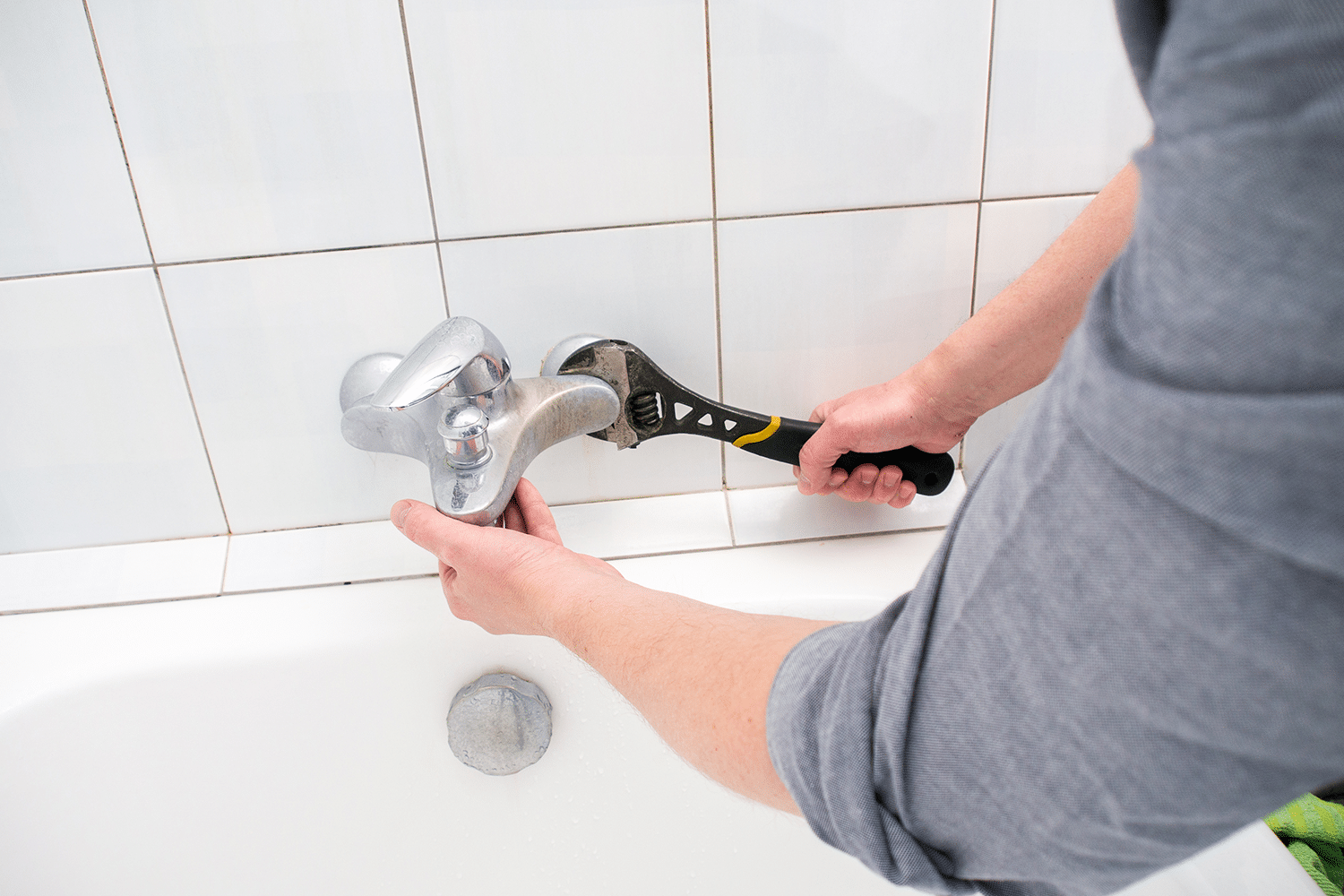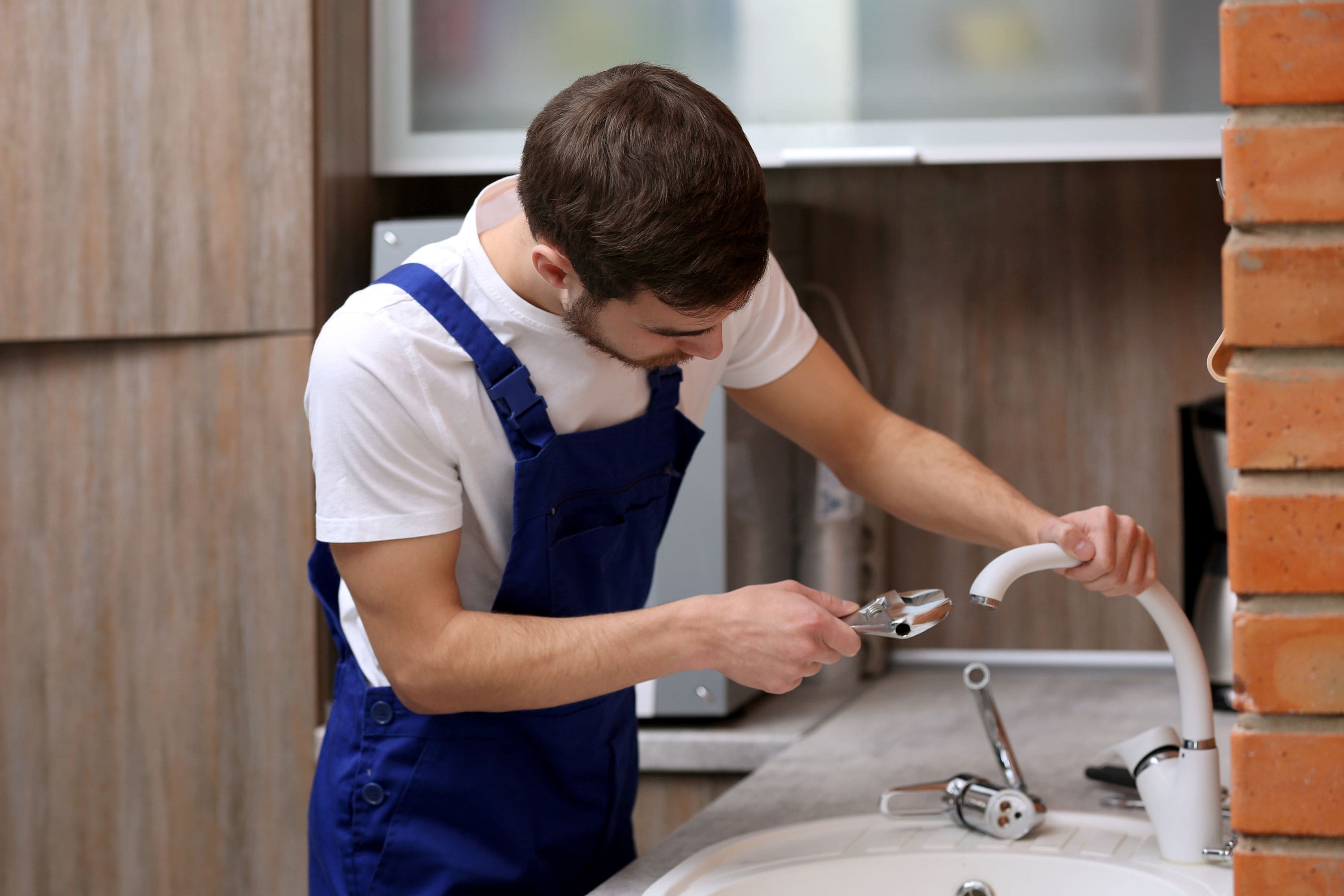Which It's Needed to Deal with a Faulty Faucet
Which It's Needed to Deal with a Faulty Faucet
Blog Article
We have come across this great article pertaining to What Causes Leaky Faucets & How To Fix Them directly below on the net and figured it made perfect sense to talk about it with you on this site.

Dripping faucets might look like a minor inconvenience, but their impact exceeds just the inconvenience of the sound. From drainage to sustaining unnecessary financial prices and wellness dangers, disregarding a leaking faucet can bring about different consequences. In this write-up, we'll explore why it's essential to resolve this typical house problem quickly and properly.
Wastefulness of Water
Environmental Impact
Leaking faucets add significantly to water wastefulness. According to the Environmental Protection Agency (EPA), a single tap leaking at one drip per second can throw away greater than 3,000 gallons of water annually. This not only pressures water sources but additionally impacts communities and wildlife depending on them.
Financial Expenses
Enhanced Water Costs
Beyond the ecological effect, dripping faucets can inflate water expenses substantially. The collected wastage gradually translates right into higher utility expenditures, which could have been prevented with prompt repair work.
Possible Residential Or Commercial Property Damages
In addition, extended leaking can bring about harm to fixtures and surface areas surrounding the tap. Water accumulation can trigger discoloration, rust, and also architectural concerns if left ignored, resulting in added repair service costs.
Health and wellness Issues
Mold And Mildew and Mildew Development
The constant existence of dampness from a dripping faucet develops a perfect atmosphere for mold and mildew and mold development. These fungis not only compromise indoor air high quality yet additionally pose health and wellness dangers, specifically for people with respiratory system conditions or allergic reactions.
Waterborne Diseases
Stagnant water in leaking taps can come to be a breeding ground for germs and other microorganisms, raising the threat of waterborne conditions. Contaminants such as Legionella bacteria thrive in stationary water, possibly bring about significant ailments when consumed or breathed in.
Do it yourself vs. Expert Repair work
Advantages and disadvantages of DIY Repair Work
While some might try to fix a leaking tap themselves, do it yourself repairs include their very own collection of obstacles. Without proper knowledge and tools, do it yourself efforts can aggravate the concern or lead to incomplete repair work, extending the issue.
Benefits of Employing an Expert Plumber
Employing an expert plumber guarantees that the underlying reason for the dripping faucet is addressed successfully. Plumbing technicians possess the competence and devices to diagnose and fix tap issues efficiently, conserving time and minimizing the danger of additional damage.
Step-by-Step Guide to Fixing a Dripping Faucet
Devices Required
Before attempting to repair a dripping faucet, gather the essential devices, consisting of an adjustable wrench, screwdrivers, substitute parts (such as washers or cartridges), and plumber's tape.
Typical Faucet Issues and Their Solutions
Recognize the kind of tap and the certain issue creating the drip. Common troubles include worn-out washing machines, rusty valve seats, or damaged O-rings. Refer to maker instructions or on the internet tutorials for detailed guidance on repair services.
Safety nets
Regular Maintenance Tips
To avoid leaking taps, execute regular maintenance such as cleaning aerators, examining for leakages, and replacing damaged components immediately. In addition, think about mounting water-saving tools or upgrading to much more reliable fixtures.
Significance of Prompt Fixes
Addressing leaking taps as quickly as they're seen prevents additional water waste and prospective damages, ultimately saving both water and money over time.
Effect On Home Worth
Understanding of Well-Maintained Property
Preserving a home in good condition, including attending to maintenance concerns like trickling faucets, improves its regarded value and worth among prospective customers or renters.
Impact on Resale Worth
Qualities with well-maintained plumbing fixtures, including taps, command greater resale values in the realty market. Attending to trickling faucets can contribute to a positive perception throughout building inspections and negotiations.
Ecological Obligation
Individual Contribution to Preservation
Taking duty for taking care of dripping taps straightens with broader initiatives towards water preservation and environmental sustainability. Every individual's activities jointly make a substantial impact on preserving valuable resources.
Sustainable Living Practices
By focusing on timely repair services and taking on water-saving behaviors, people add to lasting living methods that profit both present and future generations.
Final thought
Dealing with a dripping faucet surpasses plain comfort; it's an important step towards saving water, decreasing financial prices, and securing health and wellness and home. Whether through do it yourself repair work or professional help, taking action to take care of dripping taps is a small yet impactful method to advertise accountable stewardship of resources and contribute to a healthier, much more lasting future.
How to Fix a Dripping or Leaky Faucet
A leaking faucet is one of the most common problems that homeowners encounter, but it being commonplace doesn’t make it any less annoying. The constant drip drip drip of a leaking bathtub faucet, showerhead, or sink tap can disturb your home’s serenity. Left neglected, a dripping faucet can also result in higher water bills and discoloration or mold growth in your sink or plumbing fixtures.
Fortunately, you don’t have to be a trained plumber to know how to stop a dripping faucet. With some basic tools, replacement parts, and a little patience, leaky faucet repair is a breeze. In this article, we’ll explain what causes dripping faucets and how you can fix them.
What Causes a Leaking Faucet?
Kitchen and bathroom faucets come in all manner of designs, but most involve some combination of valves, O-rings, seals, and washers. The O-ring is usually the weakest link, but any one of these pieces can wear down over time. Heat, moisture, temperature fluctuations, minerals, mold, and movement can contribute to warping and corrosion, breaking the watertight seal. This just comes with the territory of being a homeowner. Everything is always subject to wear and tear, and some component parts of your appliances and fixtures need to be replaced on occasion. At least replacement O-rings are cheap!
More rarely, dripping faucets can be a symptom of excessively high water pressure. Were this the case in your home, you would probably notice that the leak is not isolated to one faucet. Water pressure issues are harder to resolve on your own. We recommend contacting a professional plumber if you suspect your water pressure is too high.
How to Fix a Dripping Faucet
Pipe wrench or monkey wrench Allen wrench set Screwdrivers Old towel or rag Shut off the water.
Before you do anything, you need to turn off the water to keep from drenching your kitchen or bathroom. You should find a valve under the sink and against the wall. Once you’ve turned this valve, try turning the faucet on to confirm that the water source has been cut off.
If you can’t locate your local valve for the faucet you’re working on, you can always shut off the water to the house at the main valve. Of course, this will prohibit anyone from using the sinks, showers, or toilets while you’re working on the faucet that’s giving you trouble.
Plug or block the drain.
You’ll be disassembling the faucet and removing some small bits of hardware. Plug the drain with a stopper or rag to avoid the possibility of a small screw falling into your P-trap.
Take apart the faucet assembly.
There are several varieties of kitchen and bathroom faucets, each with its own manner of assembly. For detailed instructions on how to disassemble your faucet, you can refer to the fixture’s manual or contact the manufacturer. If you know whether you have a ball, disc, cartridge, or compression faucet, you can find detailed schematics online.
In general, you need to begin by removing the faucet handles. You might notice a small screw that you’ll need to remove with a screwdriver or Allen wrench. If you don’t see any visible securing hardware, it’s likely hidden under a decorative cap that can be unscrewed or popped off with flathead screwdriver.
Remove each piece methodically, consulting a schematic when necessary. Take notes or arrange the pieces in such a way to make it easier to correctly reassemble the faucet later.
Remove the cartridge.
Once you’ve removed the handles and securing hardware, you should be able to remove the valve cartridge or stem. Some cartridges will slide right out. Other faucet models will require you to loosen a nut with a pipe wrench before you can remove the valve stem.
Examine the exposed hardware.
With the cartridge or stem removed, inspect the component parts. Check the rubber O-rings for wear and tear. Also examine the seat washer for corrosion or other damage. These pieces are usually the responsible parties for a dripping faucet, but it’s worth inspecting the other component parts while you have the faucet disassembled.
Find replacement parts.
Once you’ve identified which faucet component has failed, find an identical replacement. Your local hardware store should have O-rings, seat washers, and other standard components in stock. If you have a luxury or uncommon faucet, you may have to contact the manufacturer for a replacement part.
It’s a good idea to take your old parts with you to the hardware store so you can compare them with the store’s inventory and be sure you’re purchasing the correct replacement.
Reassemble the faucet.
With your new parts in hand, reconstruct the faucet and handles. Don’t be tempted to overtighten screws or nuts. You might think this could create a better seal, but it can instead damage or bend a delicate part of the assembly and create a new problem for you.
Turn on the water and test the faucet.
The only thing left to do is test your work. Unplug the sink, turn the water back on, and try the faucet. Congratulate yourself on a job well done!
https://www.libertyhomeguard.com/how-to-fix-a-dripping-or-leaky-faucet/

We were introduced to that write-up about 4 Common Reasons for a Leaky Faucet from a good friend on a different web blog. Liked our write up? Please quickly share it. Let others locate it. Thanks for taking the time to read it.
Report this page